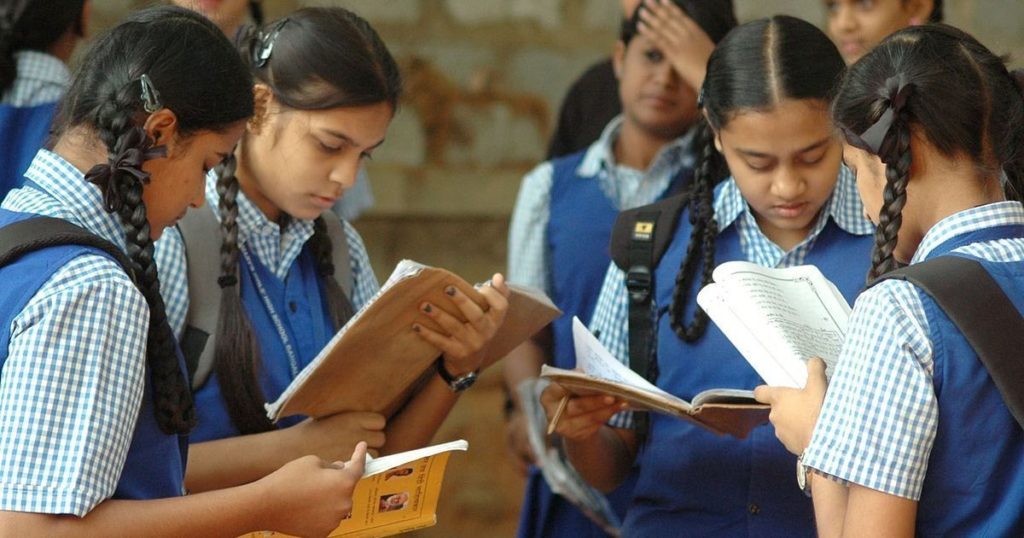Indian Students Are Able To Solve Profit-Loss Problems With Only 55% Accuracy: Why Our Maths Is So Poor?

Today, we will vividly look into how the quotient, us Indians pride ourselves for owning, the Intelligence Quotient, is nothing but a mirage looking into reality from outside. We see this as no better time to bring up to your notice that whilst being excellent at their school examinations and bagging great scores in subjects like Mathematics, Indian students are allegedly really poor at applying mathematics in real life events, such as ‘generating accurate bills’.
The Mirage that Indians are Best at Mathematics is a Fluke:
It has worldwide been accepted that Indians are great in mathematics. Recent study has shown that this notion might not entirely be true. Ina survey conducted by Quiznext of 120,000 data points of about 7500 students from over 70 Indian cities, last month corroborated that maximum students were very good with simple mathematical calculations of three and four digits but lesser than 69% students could accurately calculate discounts and bills.
The overall accuracy in solving simple addition and multiplication was 95% but this number gradually reduced with topics such as discounts, savings calculated after discounts are implied, or profit and loss and simple interests, in that case. It was found out that if a problem consisted of a known keyword, like what percent or what discount is levied on a particular product, students could answer the question with 83% accuracy. This number reduced to 63% when the similar question was slightly modified, this time with no keywords.
This percentage reduced even further with complex topics like discounts, where is fell down to 56%. If this makes you believe that since English is not our first language, it will pose a difficulty for the student to clearly understand the question, the result was same, even when the students were asked the same question in their regional languages. The students complained that such questions were out of syllabus.
This clearly signifies that students in India are trained to perform exceptionally from an exam point of view but fail to do the same in real-life scenarios. Topics like discounts, SI, percentages, profit and loss are essentially used in everyday life and being unable to apply them here, would be slap to the education system. Geographically, best results are provided by Maharashtra, Bihar, UP and Uttrakhand, among others.
The Rates of Child Depression, Anxiety and Suicides are Escalating:
Education is perhaps society’s most crucial responsibility. A worldwide survey revealed that 44% parents in India put too much pressure on children to succeed academically and 81% students reported examination-related anxiety, while 12% Indian students between the age of 4 and 16 suffer from psychiatric disorders. Unfortunately, every one hour a student commits suicide.
The competition of falling on the cream side and securing positions in the elite and prestigious colleges of the country, have blinded the whole system, along with parents, to push the children beyond their mental capacity. Every child is different and learns differently. It is a parent and teacher’s job to develop plans on how the child might learn something effectively. So, if a student under-performs, his teacher underperforms too.
With such reports depicting that Indian students radiate just bookish knowledge but fail when it comes to applying their knowledge in the real world is a saddening scenario of today’s education society. The society, starting from home must understand that marks are just marks and not the end of the world.

Comments are closed, but trackbacks and pingbacks are open.